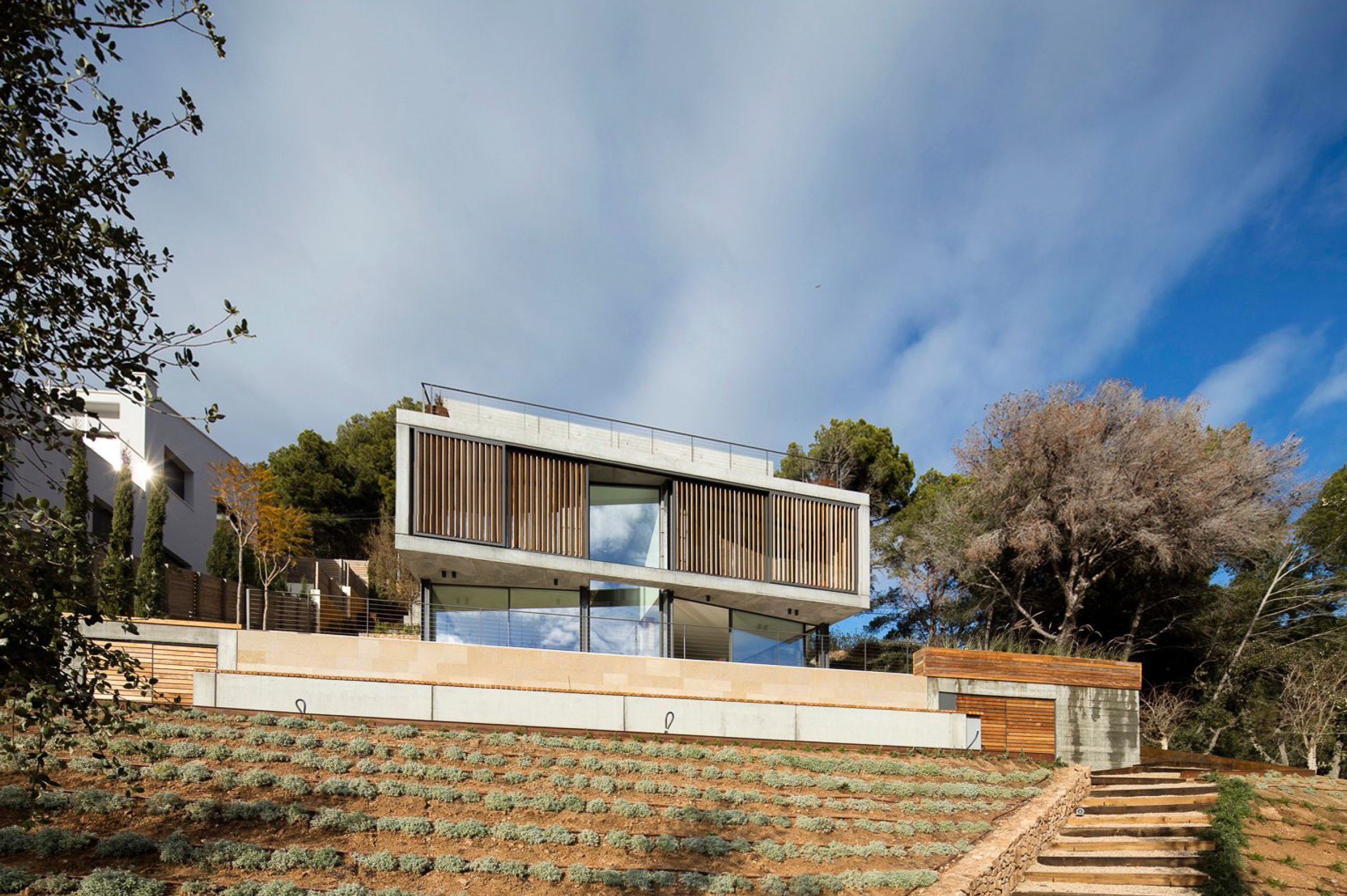There is a particular kind of silence in Mediterranean architecture. A silence made of sun-bleached walls, filtered light passing through wooden slats, and open courtyards that breathe with the wind. Today, this timeless language is being rewritten—minimal, restrained, and yet deeply rooted in the rituals of the land.
A Tradition Reinvented
Modern Mediterranean architecture doesn’t mimic the past. It refines it.
The terracotta is still warm, the limestone still rough, but now the lines are sharper, the spaces more fluid. Architects are reclaiming the vernacular, not as nostalgia, but as a source of resilience, comfort, and sensory clarity.
Its architecture is made to age with grace. Made for slowness, for texture, for shadow.
Read also- The Essence of Scandinavian Architecture and Design
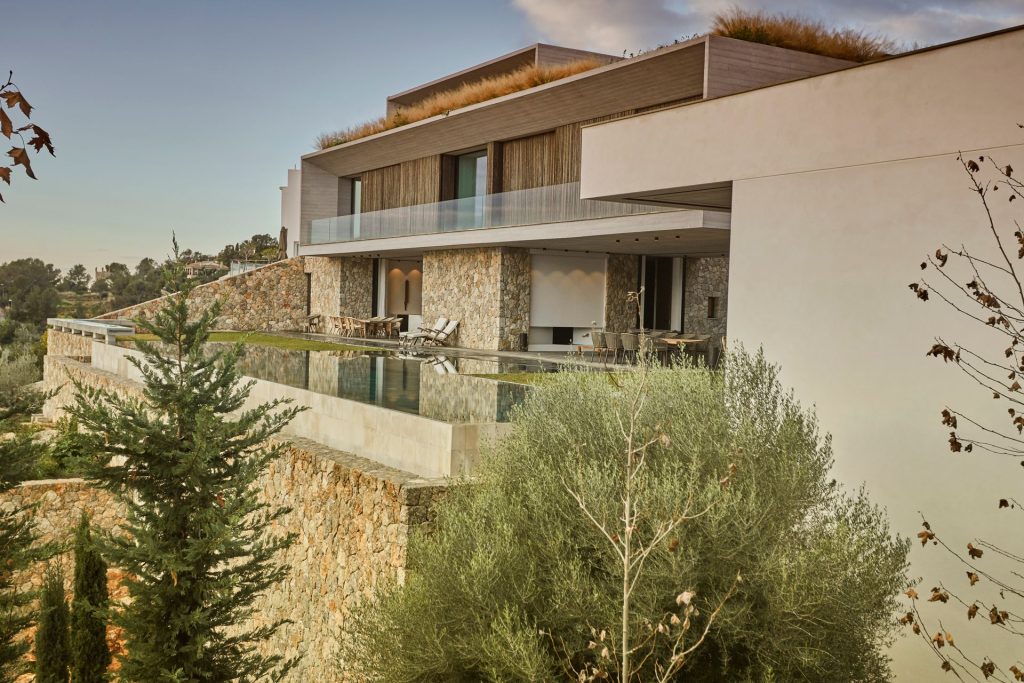
RV47 | AVW Arquitectos | © Nando Esteva
Material Honesty and Lightness
Natural materials are at the core: raw stone, lime plaster, wood, and concrete that reflect the palette of the landscape. When combined with large openings and seamless glass surfaces, these elements create a sense of continuity between interior and exterior, memory and modernity.
Light becomes a building block. It dances across surfaces, diffused by brise-soleils or deep-set windows. And with OTIIMA’s minimal frames, the view is uninterrupted. The architecture disappears, giving space back to the horizon.
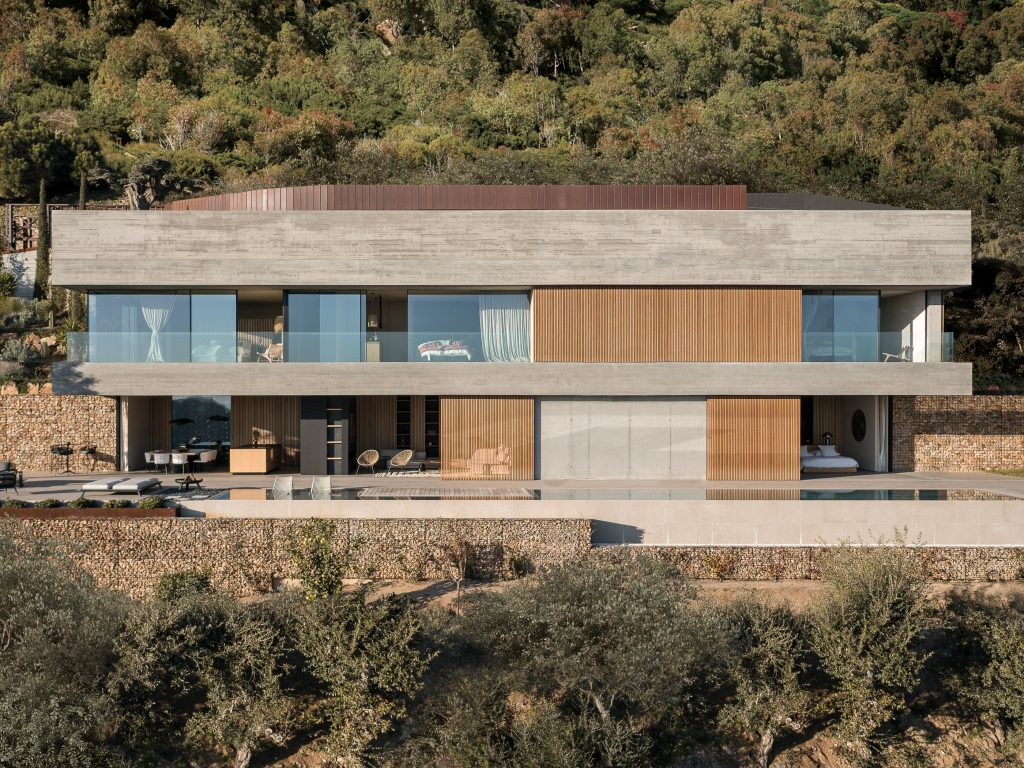
House 1615 | NordEst Arquitectura | © Filippo Poli
Space That Breathes
This is not designed for show. It’s design for life.
Spaces are open but intimate, and volumes are generous but grounded. The Mediterranean way of living—outdoors, in community, in rhythm with nature—remains the blueprint.
Sliding doors open to patios. Courtyards serve as living rooms. Pergolas cast changing shadows. Every architectural gesture is intentional, calm, and quiet.
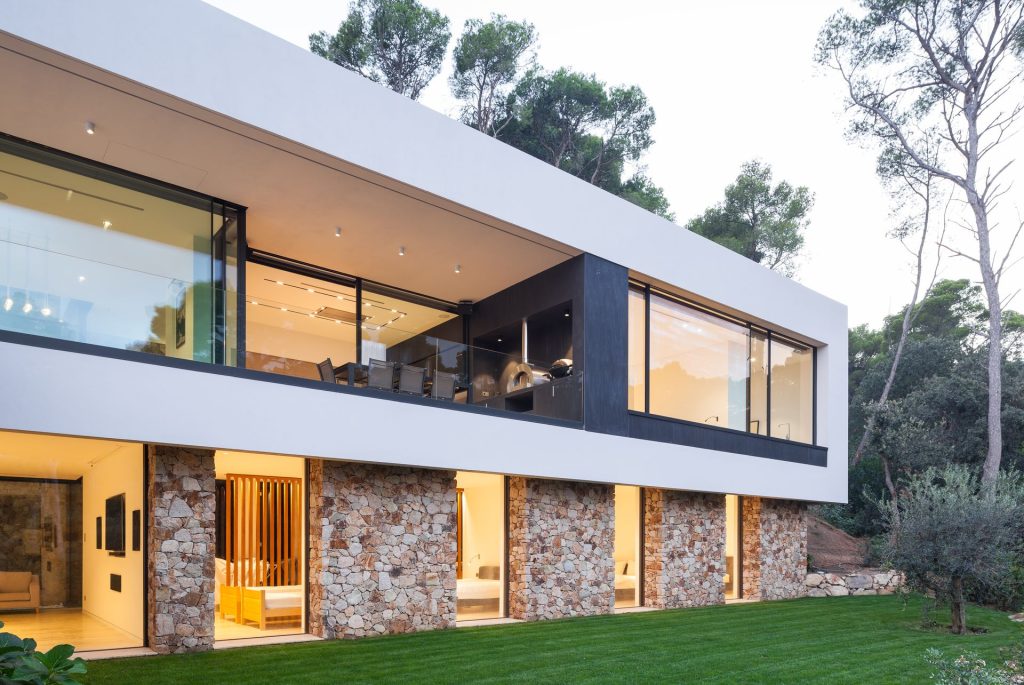
Casa P&B | Cobo del arco | © Marc Torra
Mediterranean Modern: A Global Influence
From the Balearic Islands to the coast of California, the Mediterranean ethos is shaping a new generation of low, horizontal, and elemental houses. This climate-responsive approach values thermal performance, local craftsmanship, and low-impact design.
At OTIIMA, we recognize this evolution. Our glazing systems adapt to this language—discreet, timeless, efficient. We collaborate with architects who celebrate deeply contextual and profoundly modern architecture.
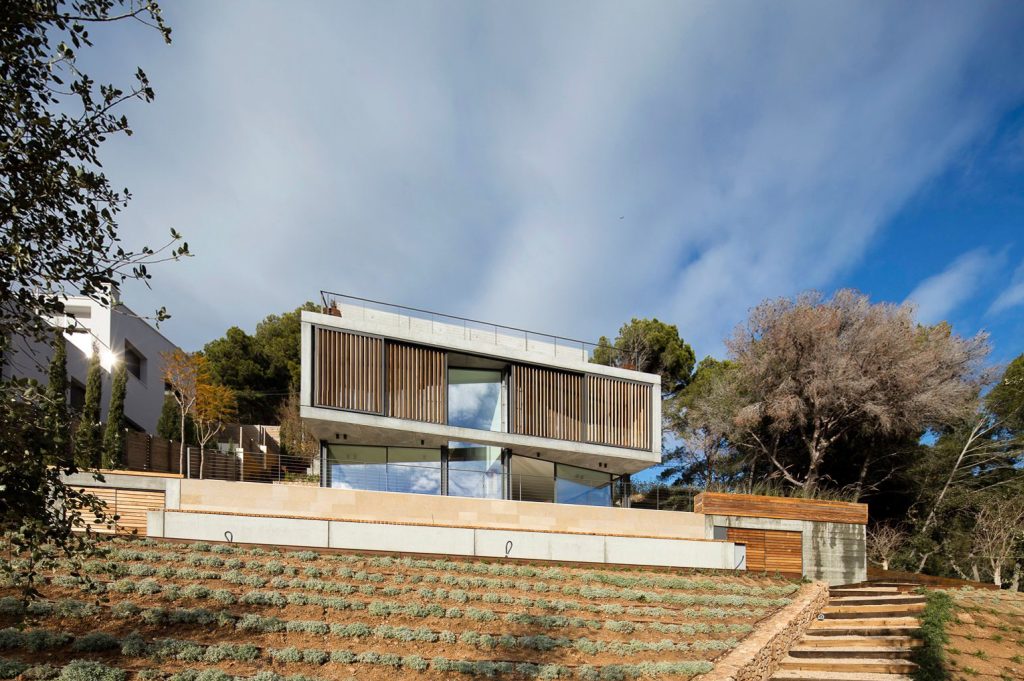
Illa Negra | Javier Miquel Marcer | © Gael del Rio
The Future Is Rooted
Modern Mediterranean architecture is about permanence, building with the sun, the wind, and the landscape. It’s about restraint and the confidence to let architecture breathe.
And in that breath, lies a kind of luxury only a few understand.
